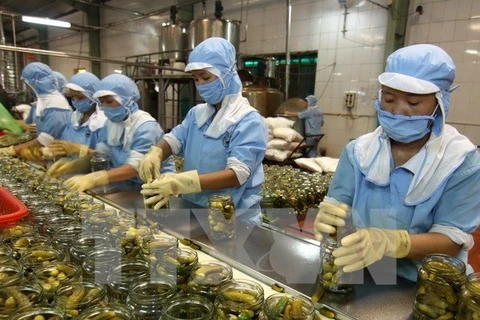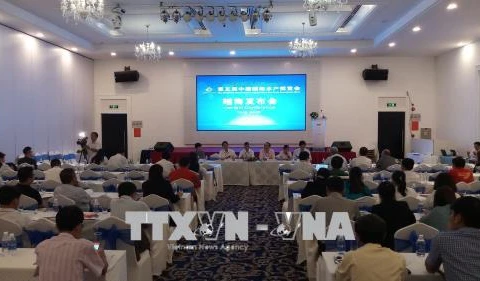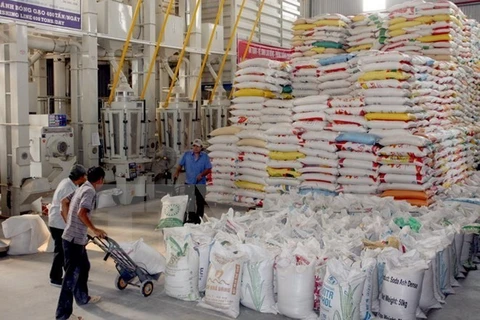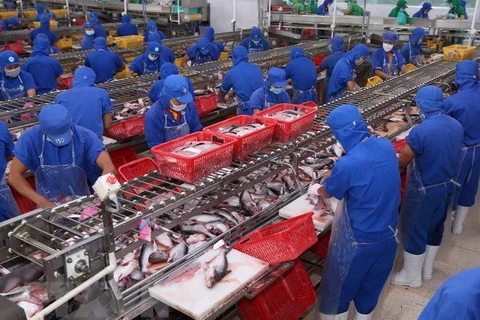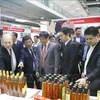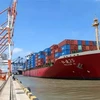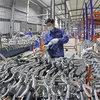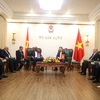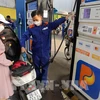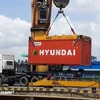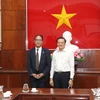Hanoi (VNA) – Reform of administrative procedures to facilitate origin certification granting, customs procedures and related process is recommended by experts in order to increase export to China, a potential market with considerable risks.
Statistics from the Ministry of Industry and Trade showed that for the past 14 years, China has been the largest trade partner and second largest export market of Vietnam. Vietnam is also the 8th biggest trade partner and the biggest one in the ASEAN bloc of China.
Two-way trade in 2017 reached 93.7 billion USD, up 30.2 percent from the previous year. The figure is expected to hit 100 billion USD in 2018.
It is noteworthy that Vietnam’s trade deficit with China declined at an average 16.1 percent a year in 2016-2017, and 15.5 percent in the first quarter of this year.
However, experts said that there are many unpredictable risks in the Chinese market, citing an example that Chinese traders do not use payment through letters of credit (L/C) like in other foreign countries. Vietnamese exporters also face risks when many Chinese firms just make a deposit of 30 percent of the contract value.
As Vietnam’s import-export activities rely heavily on the Chinese market, domestic businesses will face challenges when there is a change in trade policies or protectionism in the neighbouring country.
Thus, regular technical guidance should be given to export companies so that they can fully benefit from the ASEAN-China Free Trade Agreement (ACFTA), and the ASEAN-Hong Kong Free Trade Agreement (AHKFTA).
A set of measures to support the exporters in market information, capital and exchange rates should be mapped out. Meanwhile, relevant authorities must complete import-export management mechanisms, and work to prevent cross-border smuggling and boost sustainable exports.
Local firms must make their own efforts as well. It is necessary for them to update market information, new regulations on product quality and consumers’ taste in different Chinese localities.
They should give priority to improve capacity and enhance trade promotion activities in China. Copyrights and trade brands must receive due attention.
The Ministry of Industry and Trade said it will join hand with relevant ministries and branches to increase popularisation on the contents of the ACFTA, World Trade Organisation (WTO) commitments and agreements between the two countries.-VNA
VNA

